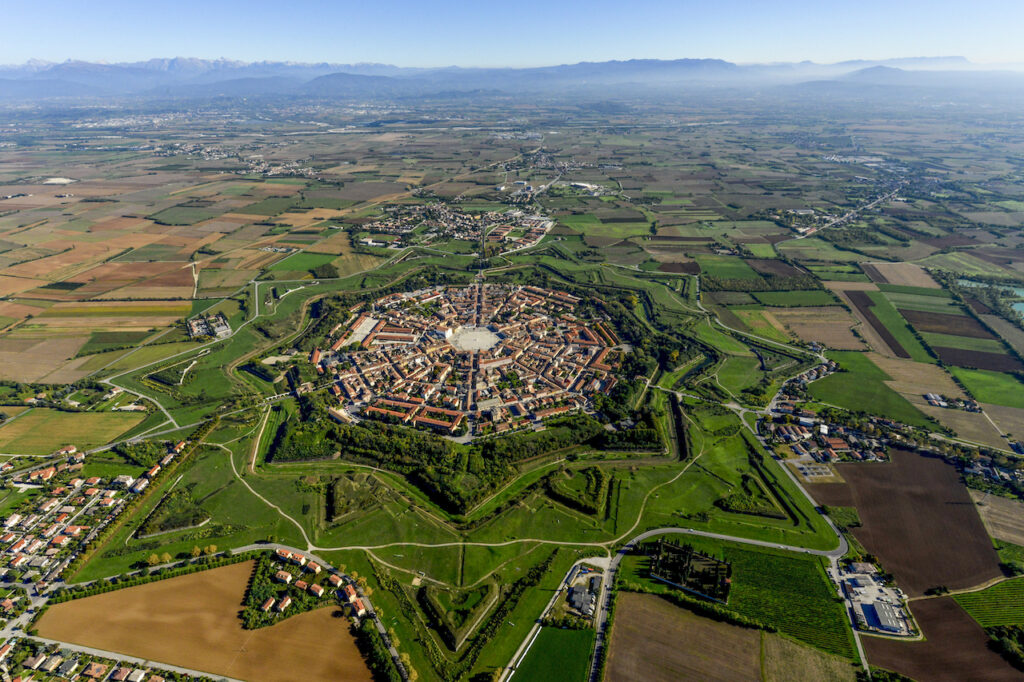FRIULI VENEZIA GIULIA INVITES IRELAND TO EXPLORE THE NATURAL BEAUTY OF ITS REGION
Ryanair launches new direct service from Dublin to Trieste for Spring/Summer 2023 opening up Italy’s north-eastern region to Irish travellers
London, United Kingdom, 2023-Apr-6 — /Travel PR News/ — Surrounded by natural beauty, Friuli Venezia Giulia is a charming region offering many cultural, natural and culinary experiences. One of Italy’s off the beaten path regions, the north-eastern destination borders Austria and Slovenia and offers big experiences in a small and accessible environment. From the golden sands of the Adriatic coast and wild emerald rivers, to the rolling vineyards and peaks of the Alps and the Dolomites, this European treasure is ready to welcome Irish holiday-makers to its peaceful landscapes.
From 29 March to 28 October 2023, Ryanair will offer twice-weekly direct flights to Trieste (TRS) from Dublin (DUB) as part of their new summer schedule. One-way fares start from 19.99 euros per person departing Ireland at 10:20 LT on Wednesdays and 16:35 LT on Saturdays arriving into the city within 2h45m.
Trieste is Friuli Venezia Giulia’s capital, home to sandy beaches and boasts one of the largest squaresn in Europe. Overlooking the Mediterranean Sea, the city was once part of the Austro-Hungarian Empire which is reflected in the grand architecture and the enchanting Castello di Miramare – a former royal residence. James Joyce lived there for over a decade: “My soul is in Trieste” wrote the author who arrived in Trieste in 1904 and was instantly fascinated by the city and its contrasts. A city with a seafaring soul, a dynamic port, completely overlooking the sea, and a melting pot of people and cultures. On the one hand, the austere Habsburg façade with its stately buildings and on the other, the Central European lifestyle of the people of Trieste. At the time the literary cafés were popular meeting places for writers and artists and the multiculturalism of the city was a great source of inspiration for the author.
Smaller towns further inland offer more insight into the region’s history, including the cliffside towns of Gemona del Friuli and Venzone with mediaeval ruins and museums to explore. In addition, the charming and elegant towns of Udine – offering panoramic views from the hilltop castle, Gorizia – that will be crowned European Capital of Culture in 2025 and Pordenone – a mosaic of 16th-century palaces, Romanesque churches, frescoed façades, as well as Gothic and Baroque buildings. There are also three UNESCO-listed towns in Friuli Venezia Giulia to explore – the Roman Aquileia, the star-shaped fortress Palmanova and Cividale del Friuli, where the remains of the Lombard Kingdom can be found amongst Roman relics.
An all-season destination, Friuli Venezia Giulia’s diverse landscape allows visitors to experience the coast, valleys and mountains in under two hours. Home to 13 natural reserves, the Dolomites, Fusine Lake and several geological wonders including the underwater cave of Gorgazzo lake known for its spectacular blue hues, the region beckons to travellers who enjoy nature and exploring the outdoors. For keen cyclists, there are many routes to suit varying levels, such as the 415 km Alpe-Adria cycle path which starts in the Austrian Alps of Salzburg and takes riders through Tarvisio, Udine and to the sea in Grado. In winter, skiers head for the mountains for borderless skiing – a term coined by the locals. The season starts in mid-December and the region is home to six ski resorts spanning three different mountain ranges; the Carnic Alps, the Julian Alps and the Friulian Dolomites.
Flourishing in the culinary scene due to its central European location and benefiting from the calcium-rich marlstone soils, Friuli Venezia Giulia is one of Italy’s premium white winemaking regions. Home to 1,700 vineyards, there are nine main wine regions producing over 100 million bottles every year. The two top vineyard areas are the Collio and the Colli Orientali del Friuli and make for great days out with many offering tastings and tours. Local delicacies not to be missed include Friuli Venezia Giulia’s unique DOP produce. San Daniele Prosciutto, sweeter than Parma Ham, the town of Tagliamento produces some of the best cured meats in Italy and in the north, Montasio cheese, often fried with potatoes is celebrated in the “Frico” recipe. Other products include olive oil, grappa, honey and coffee. Italians call Friuli Venezia Giulia’s cuisine ‘mare e monti’ meaning sea-and-mountains – a nod to the bounty as varied as the surrounding scenery and a fusion of Italian, Slavic and Austrian cuisine
For a slice of local culture, Friuli Venezia Giulia’s events calendar welcomes festivals, carnivals and celebrations year-round. Carnival season arrives in February and sees costumed parades line the streets of Muggia – a fishing village close to Trieste and Sappada in the Dolomites, while lanterns light up the woods in Sauris for the ‘Night of the Lanterns’. For sports lovers, Sacile hosts the Summer Xtreme Days Festival, the largest freestyle and extreme sports festival in the country. Autumn welcomes events dedicated to the region’s traditional food, including the Truffle Fair in Muzzana del Turgnano celebrating the Friulian White Truffle. There are also events dedicated to cinema, including The Silent Film Festival, hosted in Pordenone and the Iberian-Latin American Film Festival in Trieste – the only one of its kind in Italy. Also in Trieste, Barcolana, the largest sailing regatta in the world takes place in October seeing over 2,000 boats parade the gulf to win the coveted title.
For further information on travel in Friuli Venezia Giulia, visit www.turismofvg.it/en.
-ends-

